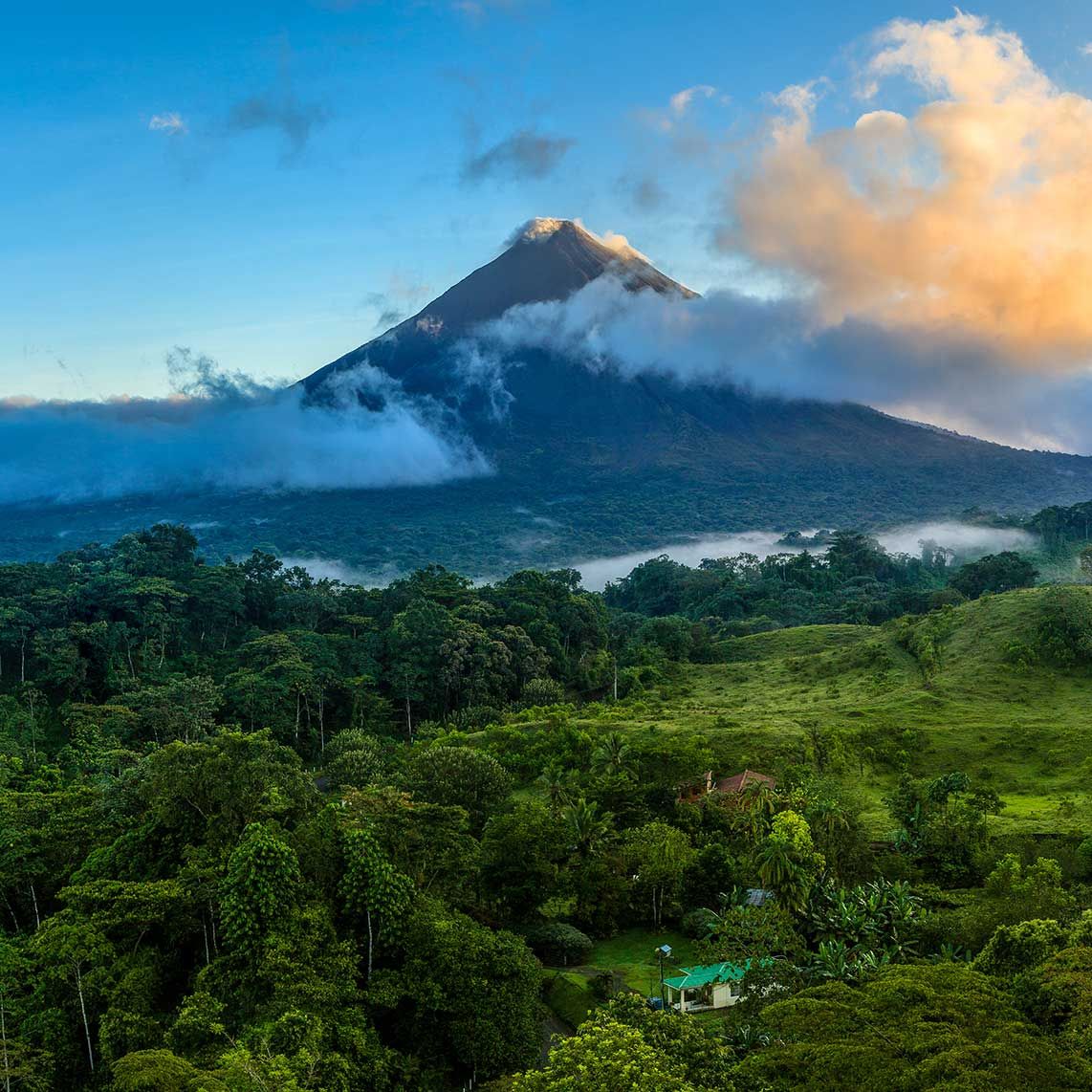
Life at 50 Degrees: Kuwait City May Be World's Hottest City
Açıklama
In many parts of the world, summer has kicked in, and people are really feeling the heat.
But people in one city in the Middle East may have more reason to complain about the heat than anywhere else in the world.
This place is so hot that birds fall from the sky, some streets are air-conditioned, and, allegedly, fish boil in the sea.
This is Kuwait City, the capital of Kuwait, often called the hottest city in the world.
Temperatures often get as hot as 50 degrees Celsius in the summer — and sometimes even higher. In July 2016, the temperature reached 54 degrees Celsius in the north, which is the highest temperature Kuwait has experienced.
People are rarely seen walking outside in the summer, and many residents leave the city while it's this hot.
Kuwait has always been hot, but climate change has made the summers hotter and longer.
According to the Emirates Policy Center, between 1962 and 1999 there were 18 days when the temperature in Kuwait was 50 degrees Celsius or higher. Between 2000 and 2021, the number of days was 80 — and 64 of those were between 2010 and 2021.
The country is also getting less rain than before. As a result, it's experiencing more frequent and intense dust storms.
Living in these high temperatures is not good for humans. A study by the University of Roehampton in London found that the human body has an upper temperature limit of between 40 degrees and 50 degrees before it starts to malfunction.
At higher temperatures, a person may start to experience "heat stress," which can cause things like confusion, nausea, dizziness and fainting — and can be fatal.
Some may say that Kuwait is contributing to its own problems, since it's one of the world's largest emitters per capita of carbon dioxide, and uses only fossil fuels for energy.
But things may be changing. According to the International Energy Agency, the country plans to generate at least 15% of its energy from renewable sources by 2030.
Yayın Kanalı
Practice Listening, Reading & Comprehension
Yazar
Bütün bölümler

19/100 EMPEZAR 🏁 Los 100 verbos más importantes en español

18/100 DESPERTAR ⏰ Los 100 verbos más importantes en español

17/100 APAGAR 📴 Los 100 verbos más importantes en español

16/100 COMER 🍽️ Los 100 verbos más importantes en español

15/100 BEBER 🍹 Los 100 verbos más importantes en español

14/100 HABLAR 🗣️ Los 100 verbos más importantes en español

12/100 ALMORZAR🛌 Los 100 verbos más importantes en español

13/100 GANAR 🏆 Los 100 verbos más importantes en español
Popüler bölümler

Natural Spanish Fluency
19/100 EMPEZAR 🏁 Los 100 verbos más importantes en español

Natural Spanish Fluency
18/100 DESPERTAR ⏰ Los 100 verbos más importantes en español

Natural Spanish Fluency
17/100 APAGAR 📴 Los 100 verbos más importantes en español

Natural Spanish Fluency
16/100 COMER 🍽️ Los 100 verbos más importantes en español

Natural Spanish Fluency
15/100 BEBER 🍹 Los 100 verbos más importantes en español

Natural Spanish Fluency
14/100 HABLAR 🗣️ Los 100 verbos más importantes en español

Natural Spanish Fluency
12/100 ALMORZAR🛌 Los 100 verbos más importantes en español

Natural Spanish Fluency
13/100 GANAR 🏆 Los 100 verbos más importantes en español